
By following paths less traveled through the river of grass, our photographic journey seeks to publicize the hidden beauty and treasures of the Florida Everglades and thereby raise public consciousness for the need to protect this unique, fragile environment.
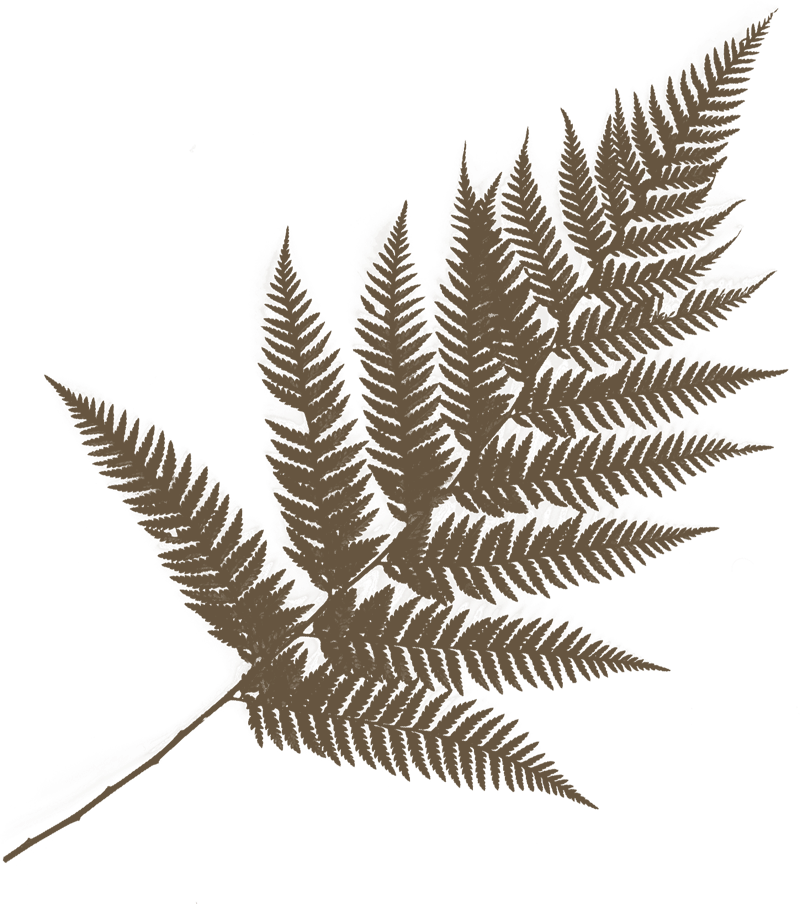
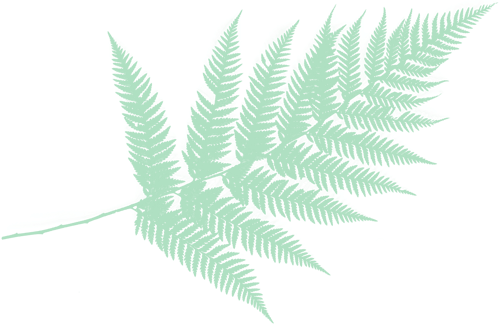

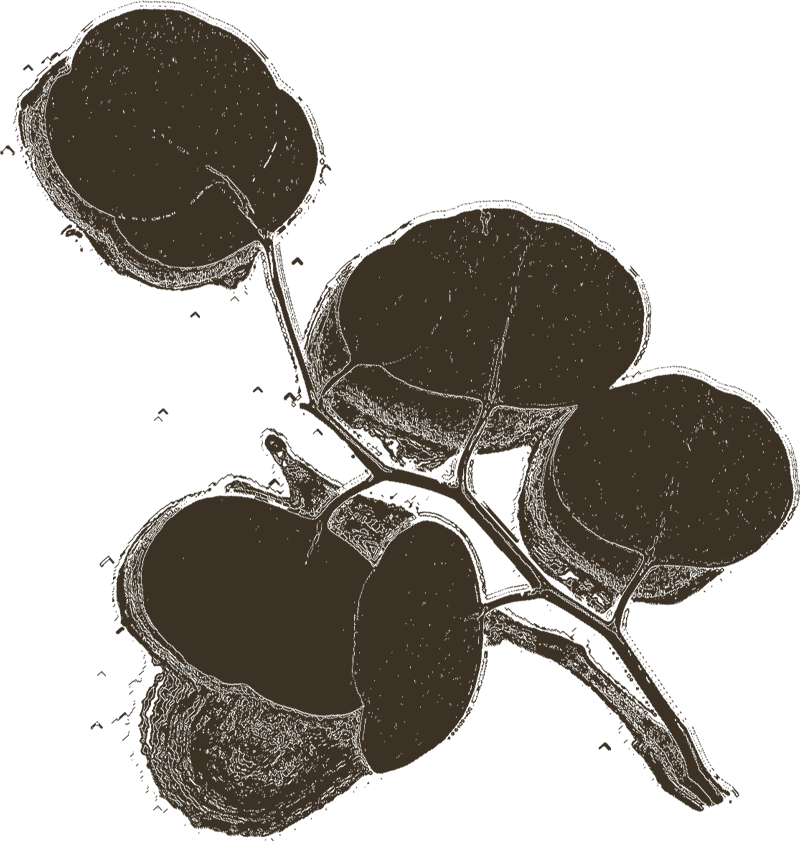
Origins of the Everglades
History
“Are no other Everglades in World.” So begins Marjory Stoneman Douglas’ book “The Everglades River of Grass”, published in 1947.
Mystery
That very name conveys the mystery of light and depth. The Indians have name for it – “Pa-hay-okee” meaning “Grassy waters”, and both names equally describe it majesty.
Explorers
The earlier Spanish map makers who never explored the interior named it “El Laguno del Espiritu Santo”. They believed its mysterious blank spaces contained untold wealth but never ventured into the interior.
The Everglades
Nature lover, philanthropist & photography enthusiast.
“These are the things that bend me to their will.”
A Line about Malee
…born on the wings of adventure
carved by the African Savannah
raised in the quiet coastal plains of South America
embraced by Middle Eastern traditions
influenced by European culture
and captivated by the Florida Everglades.
With the change of new millennium, Malee was introduced to river of grass. “The Everglades”, ever since Florida became her home!
Everglades Forever
Malee started traveling through river of grass, and started a photographic journey enhancing the hidden beauty and treasures of Florida Everglades to raising public consciousness the protect this unique, fragile environment.
The River Of Grass
“There Are No Other Everglades In The World”

The Everglades Region
So begins her book The Everglades – River of Grass by Marjory Stoneman Douglas, Grand Dame of the Everglades and one of the ardent group of activists who succeeded in having the lower part of South Florida declared a National Park in 1947.
The Everglades Region encompasses a huge area, from Lake Okeechobee South to the Bay of Florida, and spreading East to the Atlantic coastal fringe, and West to the edge of the Big Cypress swamp.
Prior to the mid twentieth century, water from a chain of lakes (just South of present Orlando) made its way into what is now called Lake Okeechobee. All this water was supplied by rain as there is no snow melt or underground sources. From there it seeped through the natural walls of the Lake, East until it met the coastal rocklands of Palm Beach, and West until it met the slightly elevated ground of the Big Cypress, and South in a widening arc until it widened out to both coasts South of Miami and exited at the Bay of Florida.

The 11.000 Miles
Although only a few feet deep, and less or more in some places this sluggish movement of water really was a river 50-80 miles wide, dropping only at a rate of one inch per mile except after heavy rain. Then it could rise as much as ten feet deep in places and flow more strongly and faster. Its Eastern banks were formed by the rockland coastal belt running down the Atlantic coast, and separated by rock and sandy ridge from the ocean’s incursion. About 20 miles South West of Lake Okeechobee an upland area called the Devil’s Garden rose only a few feet above the Everglades, with growth of Pines and other trees and palms, while to the South and West of it was the Big Cypress Swamp which stretched to the Gulf and consisted of a mix of dry and wet land – mostly dry then becoming swampy in the rainy season. Only dropping at a rate of one inch a mile it traveled very slowly, but in times of heavy rain it could rise as much as 10 feet deep in places and flow more strongly and faster. It was and still is inaccessible to man except by shallow boat or canoe, as besides being mostly waterlogged it is saw grass over its entire length and width and can cut a person to pieces. Fringing the Southernmost coastline was the largest mangrove concentration in the Western hemisphere. This river of grass originally covered an area of 11,000 miles.
"Big Water"
breitling replica watches
Wildlife & Scenery
1.
Birds
Bald Eagles
Common Egrets
Common Herons
Eastern Brown Pelican
Great White Egrets
Great Blue Heron
White Pelicans
Grebes
Moor hens
Osprey
Red Tailed Hawks
Roseate Spoonbills
Sand-Hill Cranes
Wood Storks
White Ibis
Wild Turkeys
2.
Mammals
Cotton Mouse
Dolphins
Florida Panther
Key Largo Wood Rat
Manatees
Opossums
Raccoons
White-Tailed Deer
Wild Hogs
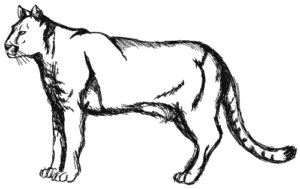
3.
Reptiles & Amphibians
American Alligator
American Crocodile
Eastern Diamondback Rattlesnake
Eastern Indigo Snake
Florida King snakes
Giant Land Crabs
Gopher Tortoises
Green Tree frogs
Rough Green Snake
Tree Snail
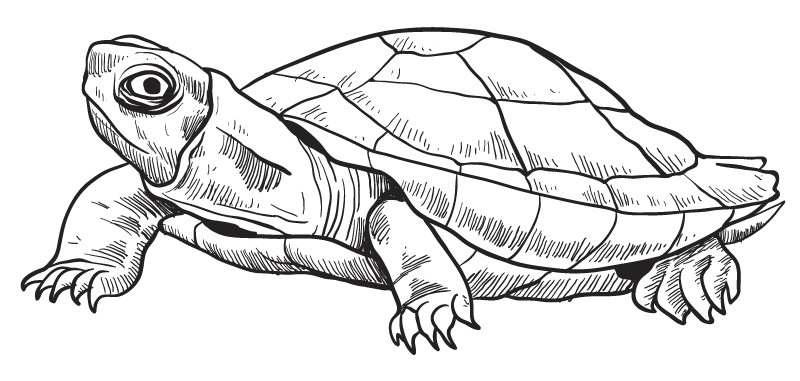
4.
Scenic Vistas
Everglades National Park was the first national park dedicated for its biologic diversity as opposed to its scenic vistas.
The astonishing and somewhat deceptive flatness of south Florida allows for immense landscapes that are easily viewed with only a slight boost in elevation.
Recent Articles
Florida is Purchasing 20,000 Acres of Everglade Wetlands
The state of Florida is purchasing more than 20,000 acres of wetlands in the Everglades in order to protect it from oil drilling. By: Good News Network - Jan 20, 2020 Last week, Governor Ron DeSantis announced that the Florida Department of Environmental Protection...
Florida Everglades the Most Endangered Site In the U.S.
The Everglades National Park is only site in United States designated as "critical." Globally, the number of assessed sites have been threatened by human-caused climate change has nearly doubled from 35 to 62 since 2014. Florida's Everglades National Park remains the...
Tears for the Magnificent and Shrinking Everglades
Florida’s freshwater wonder is threatened like never before with rising sea level as restoration efforts lag. By Nina Burleigh Published Jan. 27, 2020 Updated Jan. 28, 2020 For years, whenever I found myself in Miami with an afternoon to spare, I sneaked off west to...
Let’s start a new adventure!

Join Us For A Lifetime Experience
Journey deep into natures mysterious wilderness at Everglades Parks and come face to face with the wildlife that calls this place home.
The Everglades acts as a safe haven for a variety of plant and animal species. No other place combines a subtropical climate, a broad, shallow river, and a stunning diversity of plants and animals into such a complex and fragile ecosystem. Here is a tourist attraction you might want to consider!
Wildlife Watch
Bike Rides
Photography
Boardwalk
Trail Walk
Tram Tours
Airboats
Camping
 Be An Explorer
Be An Explorer

Be an explorer, experience a unique connection with nature, and see the wonders of the Everglades!
Give “the gift of nature” with a professionally designed book, with all the amenities of your trip!
Visit The Wild
Be Memorable
Visit National & State Parks
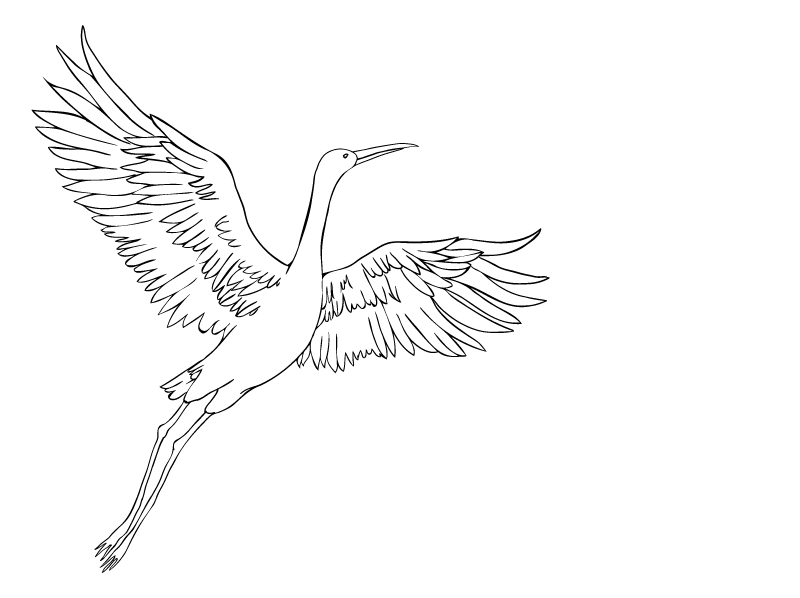


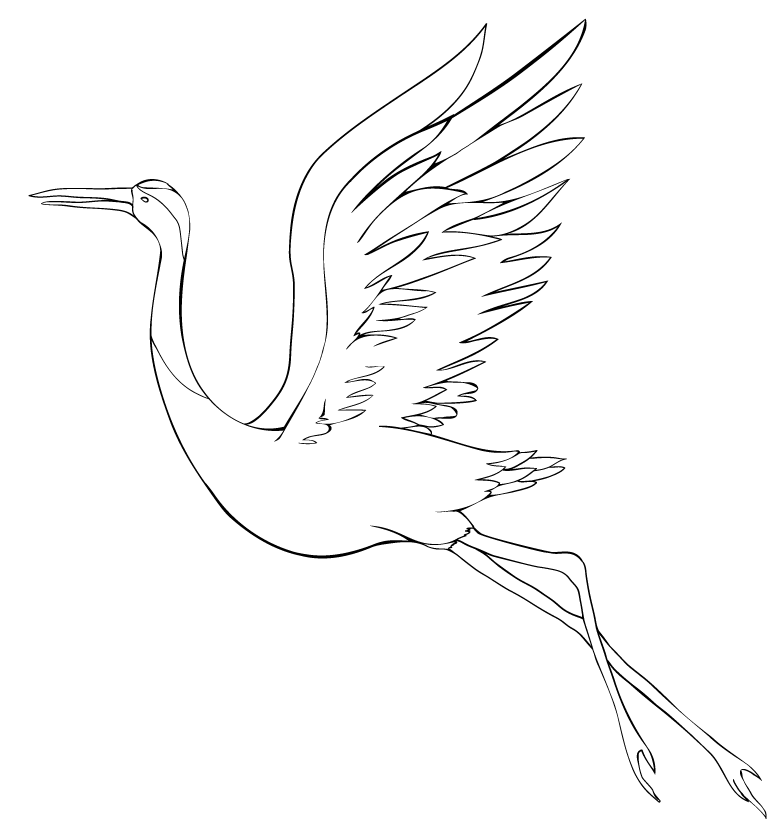




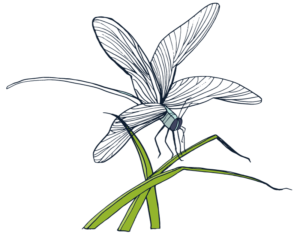 – Fakahatchee Preserve
– Fakahatchee Preserve

